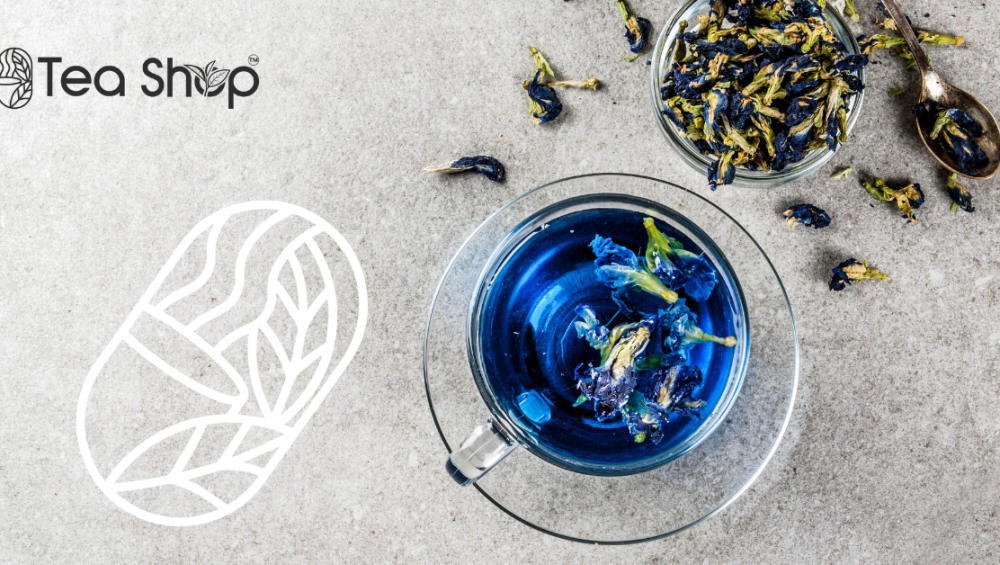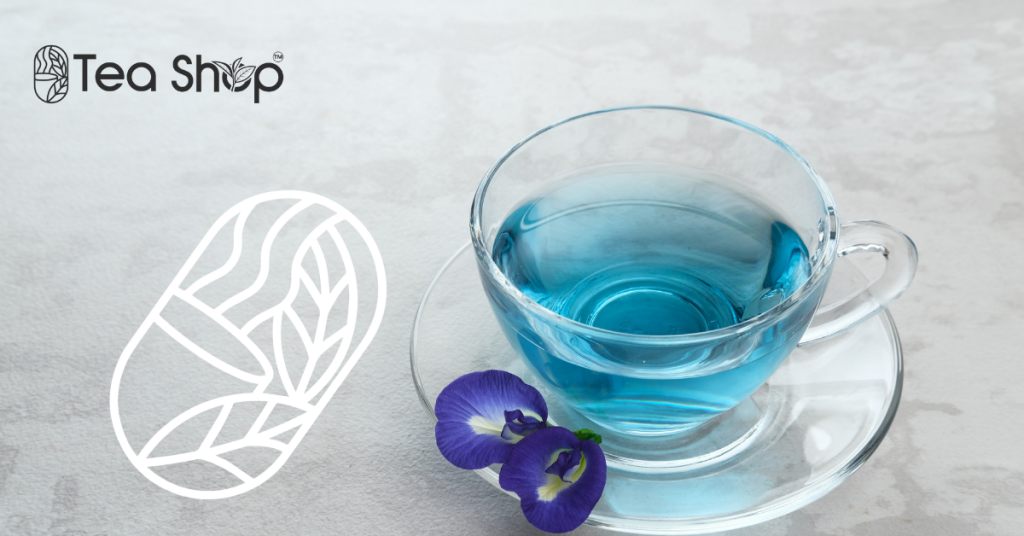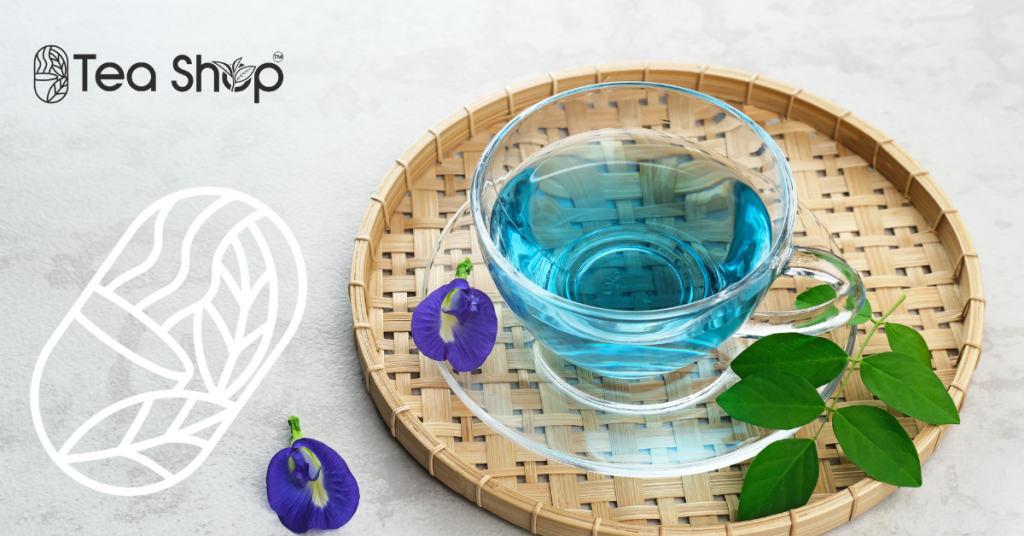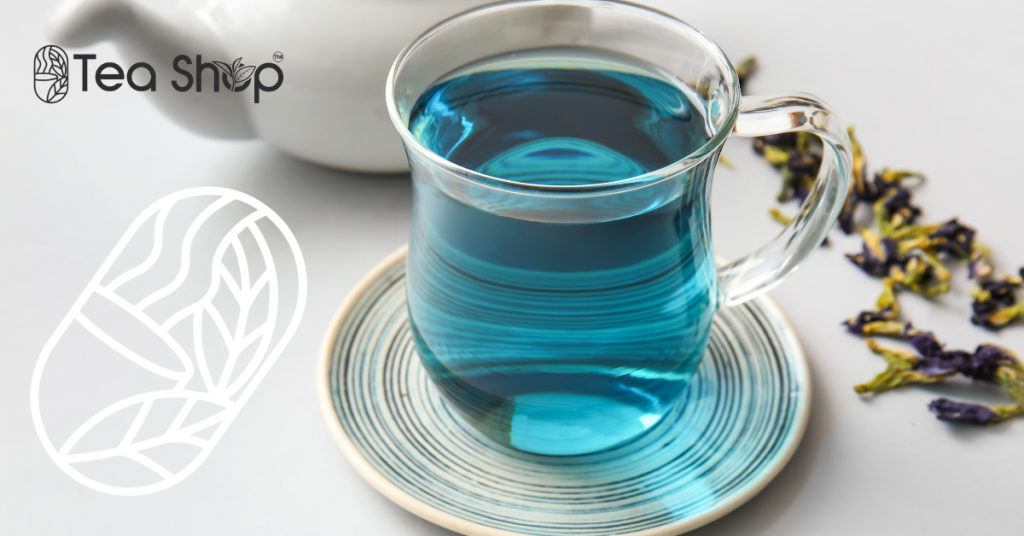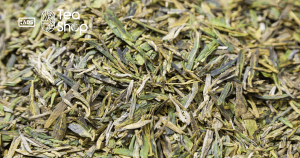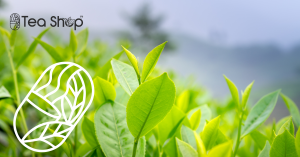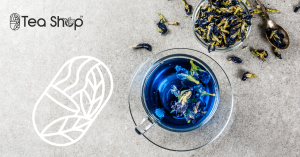In recent years, blue tea has emerged as a unique and vibrant addition to the world of teas. Unlike traditional teas, which are derived from the Camellia sinensis plant, blue tea is made from the butterfly pea flower, giving it its characteristic azure hue. This enchanting tea is not only visually striking but also offers a delicate, earthy flavor that is both soothing and refreshing. As we delve into the world of blue tea, you will discover how this remarkable beverage can become a staple in your daily routine.
The allure of blue tea extends beyond its color. Known for its potential health benefits, this tea is cherished in many cultures for its calming effects and potential wellness properties. From aiding digestion to enhancing cognitive function, blue tea is more than just a pretty face. As we explore how to make blue tea, you will learn about its profound impact on both body and mind.
In this guide, we will unlock the secrets behind brewing the perfect cup of blue tea. Whether you are a seasoned tea enthusiast or a curious newcomer, this article will provide you with the knowledge and skills needed to enjoy a rejuvenating blue tea experience.
What is Blue Tea and Its Health Benefits?
Blue tea, also known as butterfly pea flower tea, is crafted from the vibrant petals of the Clitoria ternatea plant. This caffeine-free herbal tea has been used for centuries in Southeast Asia as a natural remedy and is now gaining popularity worldwide. The unique blue color of the tea comes from the anthocyanins present in the petals, which are natural pigments with antioxidant properties.
The health benefits of blue tea are numerous and varied. One of the most notable benefits is its potential to act as a natural stress reliever. The tea is believed to have a calming effect on the mind, which can help alleviate anxiety and promote relaxation. Additionally, the antioxidants in blue tea can help combat oxidative stress, reducing the risk of chronic diseases and promoting overall well-being.
Moreover, blue tea is thought to support cognitive health. Some studies suggest that the compounds in butterfly pea flower may enhance memory and improve brain function. Furthermore, the tea’s anti-inflammatory properties can aid in digestion, making it an excellent choice for those seeking a natural way to support their digestive system. By incorporating blue tea into your daily routine, you can enjoy both its delightful flavor and its myriad health benefits.
Ingredients Needed to Make Blue Tea
Creating a perfect cup of blue tea begins with gathering the right ingredients. To ensure an authentic and flavorful brew, you will need the following:
- Dried Butterfly Pea Flowers: These are the core component of blue tea. You can purchase them online or at specialty tea shops.
- Water: Use fresh, filtered water to enhance the flavor and quality of your tea.
- Sweeteners (optional): Honey, sugar, or stevia can be added according to your taste preference.
- Lemon or Lime (optional): Adding a splash of citrus can transform the color of the tea and add a tangy twist to the flavor.
Once you have these ingredients on hand, you are ready to embark on your blue tea brewing journey. While the basic recipe requires only dried butterfly pea flowers and water, don’t hesitate to experiment with additional flavors to suit your palate.
Remember, the quality of your ingredients will significantly impact the final taste of your tea. Opt for organic and high-quality butterfly pea flowers whenever possible, and be mindful of the freshness of your water. By paying attention to these details, you will set the stage for a delightful tea experience.
Step-by-Step Guide on How to Make Blue Tea
Brewing blue tea is a simple process that can be mastered with a little practice. Follow these steps to create a refreshing cup of blue tea that will invigorate your senses:
- Boil the Water: Begin by bringing water to a gentle boil. The ideal temperature for brewing blue tea is around 200°F (93°C). Using water that is too hot can cause the delicate flavors of the tea to be lost.
- Add the Butterfly Pea Flowers: Place 1 to 2 teaspoons of dried butterfly pea flowers into a teapot or a heat-resistant cup. Adjust the quantity based on your desired strength.
- Pour the Water: Gently pour the hot water over the butterfly pea flowers, ensuring they are fully submerged.
- Steep the Tea: Allow the tea to steep for 5 to 10 minutes. The longer you steep, the more intense the color and flavor will become. Watch as the water transforms into a mesmerizing blue shade.
- Strain the Tea: Once steeped to your liking, use a fine mesh strainer to remove the flowers from the tea.
- Add Optional Ingredients: If desired, add sweeteners or a splash of lemon or lime juice to enhance the flavor and color of your tea.
- Serve and Enjoy: Pour the tea into a cup or glass and savor the refreshing taste of your homemade blue tea.
With these simple steps, you can create a vibrant and flavorful cup of blue tea. Feel free to adjust the steeping time and additional ingredients to suit your personal preferences.
Tips for the Perfect Brew
Creating the perfect cup of blue tea requires attention to detail and a willingness to experiment. Here are some tips to help you achieve the best possible brew:
- Use High-Quality Ingredients: The quality of your butterfly pea flowers and water will significantly impact the taste of your tea. Opt for organic and fresh ingredients whenever possible.
- Adjust the Steeping Time: Depending on your taste preference, you may want to adjust the steeping time. A longer steep will result in a more intense color and flavor, while a shorter steep will produce a lighter taste.
- Experiment with Temperature: While 200°F (93°C) is the recommended temperature, you may find that slightly cooler or warmer water enhances the flavor of your tea. Don’t be afraid to experiment with different temperatures to find your ideal brew.
- Try Different Additions: Blue tea is versatile and pairs well with a variety of flavors. Consider adding herbs like mint or spices like ginger to create unique flavor profiles.
- Store Properly: To maintain the freshness of your butterfly pea flowers, store them in an airtight container away from light and moisture.
By following these tips, you can ensure that each cup of blue tea you brew is a delightful and refreshing experience. Remember, the key to a perfect brew is experimentation and personalization.
Variations of Blue Tea: Flavoring and Enhancements
Blue tea is a versatile beverage that lends itself well to a variety of flavor enhancements. By experimenting with different ingredients, you can create a personalized tea experience that suits your taste preferences. Here are some popular variations and enhancements to consider:
Flavor Additions:
- Citrus Fruits: Adding lemon or lime juice not only changes the color of the tea to a beautiful purple but also adds a zesty flavor.
- Herbs: Fresh mint or basil can provide a refreshing and aromatic twist to your tea.
- Spices: Infuse your blue tea with ginger, cinnamon, or cardamom for a warming and spicy kick.
Sweeteners:
- Natural Sweeteners: Use honey, agave nectar, or maple syrup to add a touch of sweetness without overpowering the delicate flavor of the tea.
- Sugar Alternatives: For a calorie-free option, consider adding stevia or monk fruit sweetener.
Creative Twists:
- Iced Blue Tea: Brew a strong batch of blue tea, let it cool, and serve it over ice for a refreshing summer drink.
- Blue Tea Latte: Add steamed milk or a milk alternative for a creamy and comforting latte experience.
By exploring these variations, you can transform your blue tea into a multifaceted beverage that caters to your mood and occasion. The possibilities are endless, so don’t hesitate to get creative and try new combinations.
The Cultural Significance of Blue Tea
Blue tea holds a special place in various cultures, particularly in Southeast Asia, where it has been consumed for centuries. In Thailand and Vietnam, butterfly pea flower tea is a traditional beverage often served as a welcome drink or during special occasions. Its vibrant color and calming properties make it a popular choice for ceremonies and gatherings.
In Ayurvedic medicine, blue tea is valued for its potential health benefits and is used as a natural remedy for various ailments. It is believed to balance the body’s doshas, promoting harmony and well-being. The tea’s calming effects are thought to aid in meditation and spiritual practices, making it a cherished component of holistic wellness routines.
Beyond its traditional uses, blue tea has gained international recognition for its unique qualities and health benefits. It has become a symbol of innovation and creativity in the culinary world, inspiring chefs and mixologists to incorporate it into dishes and drinks. As blue tea continues to gain popularity, its cultural significance and rich history remain an integral part of its identity.
Common Mistakes to Avoid When Making Blue Tea
While brewing blue tea is a straightforward process, there are common pitfalls that can affect the quality of your brew. By being aware of these mistakes, you can ensure a consistently satisfying tea experience:
- Oversteeping: Leaving the butterfly pea flowers in hot water for too long can result in a bitter taste. Be mindful of the steeping time to maintain the tea’s delicate flavor.
- Using Poor-Quality Ingredients: Low-quality butterfly pea flowers or tap water can diminish the taste and vibrancy of your tea. Always opt for fresh, high-quality ingredients.
- Incorrect Water Temperature: Brewing with water that is too hot can cause the tea to lose its subtle flavors. Use a thermometer to ensure the water is at the recommended temperature.
- Ignoring Storage Practices: Improper storage of your butterfly pea flowers can lead to a loss of flavor and potency. Keep them in a cool, dark place in an airtight container.
- Neglecting Personal Preference: While guidelines are helpful, it’s important to tailor your brew to your own taste. Experiment with steeping times, temperatures, and additions to find your perfect cup.
By avoiding these common mistakes, you can enhance your blue tea brewing skills and enjoy a consistently delightful beverage.
Where to Buy Blue Tea Ingredients
Finding high-quality butterfly pea flowers and other ingredients is essential for making the perfect blue tea. Here are some reliable sources for purchasing blue tea ingredients:
- Online Retailers: Websites like Amazon, Etsy, and specialty tea shops offer a wide selection of butterfly pea flowers and related products. Be sure to check customer reviews and ratings to ensure quality.
- Local Health Food Stores: Many health food stores carry butterfly pea flowers in their tea or herbal supplement sections. This option allows you to inspect the product before purchasing.
- Asian Markets: Asian grocery stores often stock butterfly pea flowers, especially in regions with a strong cultural connection to the tea.
- Direct from Farmers: Some tea farms and cooperatives sell butterfly pea flowers directly to consumers online. This option can provide fresher products and support sustainable farming practices.
When purchasing blue tea ingredients, prioritize quality and freshness to ensure the best brewing experience. Don’t hesitate to explore different vendors and compare products to find the best fit for your needs.
Enjoying Your Blue Tea Experience
In conclusion, blue tea is a captivating and versatile beverage that offers a unique blend of flavor, color, and potential health benefits. By mastering the art of brewing this enchanting tea, you can enjoy a refreshing and rejuvenating experience that delights the senses.
Whether you savor it plain or experiment with various enhancements, blue tea provides an opportunity to explore new flavors and indulge in a moment of tranquility. As you embark on your blue tea journey, remember to approach each brew with curiosity and creativity.
If you’re ready to experience the magic of blue tea, gather your ingredients, follow the steps outlined in this guide, and enjoy the vibrant and soothing qualities of this remarkable beverage. Share your blue tea creations with friends and family, and invite them to join you in unlocking the secrets of this enchanting tea.


